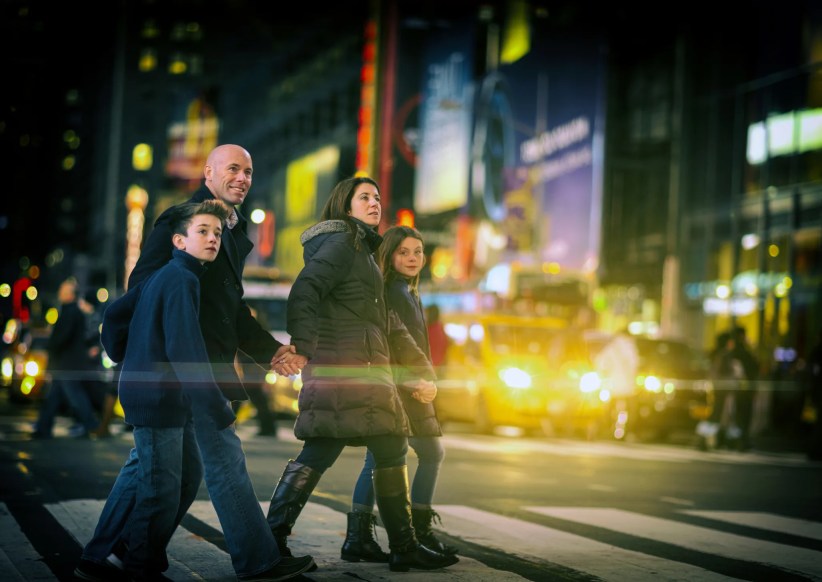By Joan Brown Wettingfeld
In the early 19th century, travelers from abroad were impressed by our Thanksgiving tradition. One was English traveler Charles Lyall, who had come here in 1841 to study the North American geology.
He wrote: “The twenty-fifth of November was appointed by the Governor of the state [Massachusetts] to be what is here called Thanksgiving Day, an institution as old as the times of the Pilgrim fathers, one day in the year being set apart for thanksgiving for the mercies of the past year. As a festival it stands very much in the place of Christmas Day as kept in England and Germany ….”
Thanksgiving has changed little. Its meaning has survived and it is probably the least commercialized of our holidays. My memories of Thanksgiving are those of family gatherings and the culinary traditions of the Northeast, where the holiday has had a long history.
I remember youngsters would dress up ragamuffin-style and go door to door begging for treats, a practice that today belongs to Halloween. It may reflect the mindset of the mid-19th century. At that time the idea of helping the poor with charitable acts became fixed in our Thanksgiving traditions.
Few countries have national days of thanksgiving. The idea of giving thanks is not unique. Our Anglo-American forebears probably first brought the idea to us from an old custom known as “harvest home,” with church services of thanksgiving for a bountiful harvest.
This was followed by a public feast and sporting events. The Pilgrims, while in the Netherlands, witnessed the Dutch celebrate a day of thanksgiving after their victory over the Spanish in the late 16th century. It was also common for colonists arriving in America to give thanks for their safe arrival
In 1621, Gov. Bradford of Plymouth Colony chose a date to celebrate a plentiful harvest. Historians believe it fell between Sept. 23 and Nov. 11. The colonists had survived a harsh winter. Taught by the Native Americans to cultivate corn and net fish, they planted extensively in the spring.
Wild turkey, venison, partridge, geese and ducks were provided by hunters and the Natives introduced the settlers to oysters. Mixed vegetables included beans, pumpkins and squash and crabapples, currants, chestnuts and hickory nuts were on the table.
The celebration lasted several days and included sporting contests, but no official documents refer to any religious service.
In 1622, due to a drought, the Pilgrims faced starvation. A long rain saved the crops and the governor ordered a day of praying and fasting. The proclamation set Nov. 23 as a day of thanks. This is considered to be the beginning of our present celebration.
After 1623, Thanksgiving was not regularly observed, although the Massachusetts Legislature enacted a law empowering the governor to proclaim days of fasting or thanksgiving whenever “an occasion shall be offered.”
During the American Revolution, the Continental Congress set many thanksgiving days for victories achieved. George Washington also had proclaimed days of thanksgiving in 1778 upon the completion of our treaty with France and again in 1789 in honor of the adoption of the Constitution.
Sarah Hale, editor of Lady’s Book, is credited with sponsoring the idea of a national Thanksgiving Day. She was persistent and editorialized her crusade for over 40 years.
By 1858, only six states had not observed the custom of adopting the last Thursday in November as Thanksgiving Day. In 1863, President Abraham Lincoln issued a proclamation urging the establishment of this national holiday. After Gettysburg, he asked all to “fervently implore the interposition of the Almighty hand to heal the wounds of the nation, to the full enjoyment of peace, harmony, and the Union.”
Every president since Lincoln has followed the precedent of setting Thanksgiving on the last Thursday in November except Franklin Roosevelt in 1939, when it was set for the third Thursday. In 1941, Congress set Thanksgiving as the fourth Thursday in November.
From the post-Civil War period on, the idea of sharing one’s thanksgiving bounty with the poor took root. Menus continued to be shaped by season and tradition.
Observed today for family reunions, Thanksgiving menus include dishes from diverse ethnic communities. The ambiance of old is challenged somewhat by the Macy’s parade and football.
Joan Brown Wettingfeld is a historian and freelance writer.
































